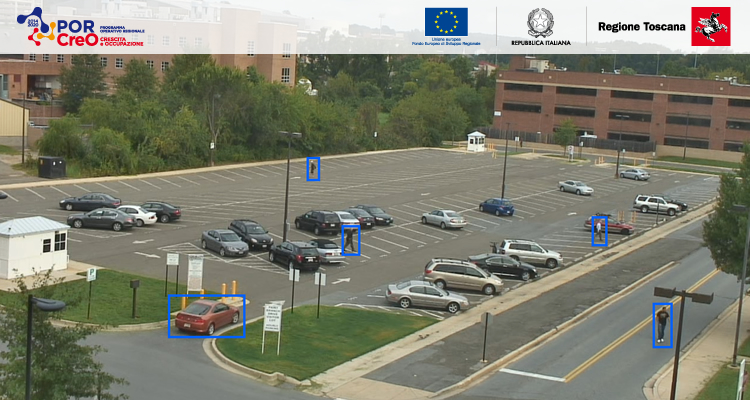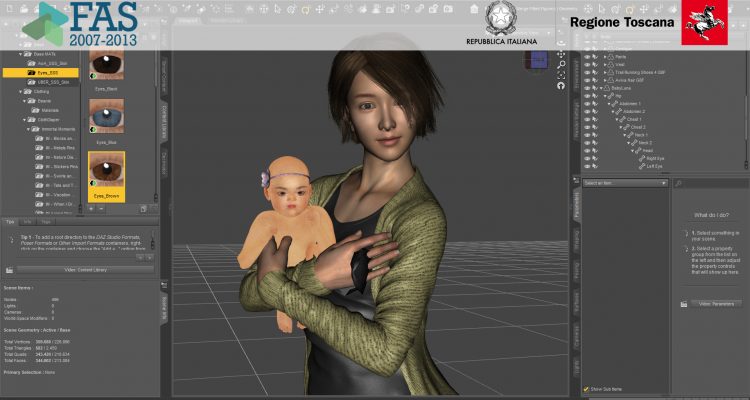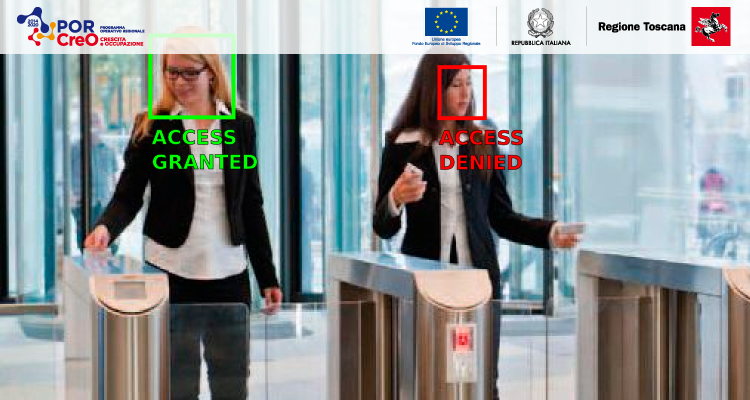Computer Vision
Projects
TESEO
Advanced automated parking system.
2016-2018
TESEO. Project co-financed under Tuscany POR FESR 2014-2020. Development of an integrated, multi-sensing, high automation system for parking, traffic management and vehicle surveillance in wide areas.
IMAGACT-MED
E-health communication systems for Instructing and Monitoring patients: creation of 3D animations from medical instructions and automatic patient activity assessment.
2017-2019
funded by: Regione Toscana PAR FAS 2007-2013
The correct execution of instructions to patients is crucial for the success of the health care and a crucial step of the therapeutic alliance.
Everyday language is not sufficient to this end: the more that activities must be precisely defined the more language complexity grows.
The solution proposed in this project is to develop an e-health module, interoperable with different platforms, which exploits the communicative potential of 3D animation, videos, and computer vision, in giving and monitoring instructions.
MAPPER
People counting, tracking and identification system.
2017-2019
MAPPER. Project co-financed under Tuscany POR FESR 2014-2020. People counting, tracking and identification system for security and access control.
COBRA – Crowd Behavior Analyzer
Crowd Behavior Analyzer
The aim of the project is to develop a multi-camera monitoring and profiling system for crowded environments, relying on demographics information and face re-identification approaches.
View Project


